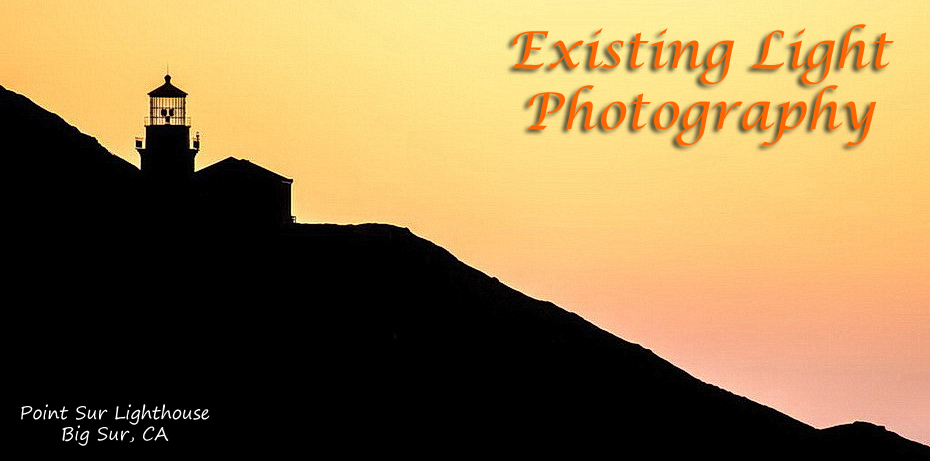 |
| Lowepro Slingshot 202 |
One of the realities of photography is that in addition to buying equipment, you need something to haul it around in. Over the past few years I've accumulated a large Tenba messenger bag, a small Wenger messenger bag, my Lowepro Slingshot 202 AW, a Lowepro Pro Runner 200 AW, and I have my sights set on a Lowepro Video Fastpack 350 for my return to Big Sur. Each of these bags is suitable for a specific amount of equipment and photo shoot. As time goes on my bags get bigger as I accumulate more lenses and "stuff."
I had shied away from sling bags, concerned that the weight would not be comfortably distributed on my back and would lead to cramped muscles, something I had experienced with the large Tenba. I have found that the larger the bag, the more likely you are to fill it full of things, "just in case." "Just in case" quickly gets heavy, so it makes sense to have more than one bag. I bought the Slingshot 202 AW as a day bag for shooting at venues where I might need a second lens and a few accessories, but not a full kit of filters, lenses, etc. I found that it was perfect for shooting when my 18-200mm zoom was going to be the "lens of the day" and I would probably leave my heftier 70-300 in the bag for the rest of the shoot. As you can see in the photo, it holds this set up with ease and still leaves room for extras. There is an attached microfiber cloth in the main compartment that can cover the camera.
 |
Nikon D7000 with 18-200
& 70-300 |
What do I like about the bag? Just about everything. There's enough extra storage space in the upper compartment to hold a speedlight, extra camera battery, and smaller items. I can even slip in a disposable plastic poncho if the weather is unsettled. The outside pockets hold a pen, small notebook, multitool, chapstick, and business cards, the things I want to be able to get to with ease. There's space designated for memory cards in the main flap, along with another space for thin items. The all-weather cover disappears into the bottom of the bag. I haven't had to use it---yet, but it's nice to know it's there and it's easily implemented.
On the other hand, I have used the side-mounted tripod holder with mixed results. It works fine for carrying my small Manfrotto travel tripod. I had hoped I could pull the tripod out over my shoulder. Maybe more flexible users can do that; I couldn't and found I have to remove the bag to get to it. The small tripod, which weighs just over 2 pounds, also causes the bag to sag off-center. Perhaps a center-mounted system would work better, but that would potentially interfere with the main compartment flap. Given this, I would not try to carry a full-size tripod on the side. I prefer to carry tripods over my shoulder anyway, so this is not a drawback for me. And, this is not an expedition bag where one expects to attach lenses, water bottles and other extras on the outside. (I have cargo pants and a vest for that.)
 |
Upper Compartment with
Lowepro Memory Case, mini-
flashlight, multi-tool &
Emergency Poncho |
The sling arrangement is very comfortable and I find that I forget I have the bag on after a while. I can easily wear it all day without feeling overburdened. I can get to the main compartment quickly by releasing the chest strap. It being the mid-sized bag in this line, it is ideal for me as a day bag. It will slip under an airline seat with ease, if you are planning to fly. Build quality is typical Lowepro: solid, hiqh quality materials that are securely stitched and should last for many years.
If you're looking for a walkabout bag that is comfortable and yet spacious, give the Slingshot 202 AW a thorough look.














